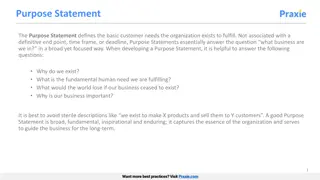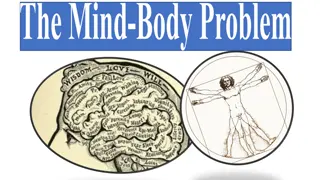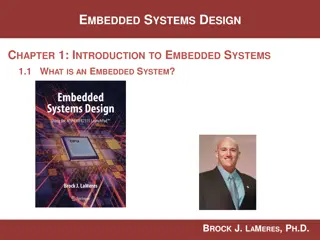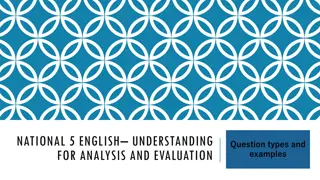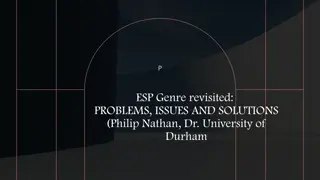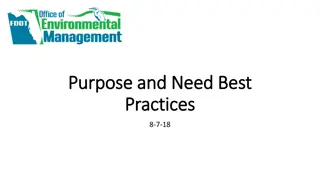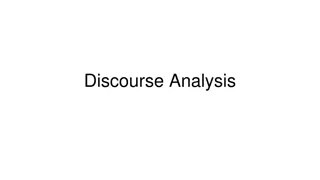Purpose & Intentionality
This presentation delves into the concepts of purpose, intentionality, ontology, epistemology, functionalism, the intentional stance, and intentionality in philosophy and psychology. It explores different models of mind and their significance in understanding behaviors and beliefs.
Download Presentation

Please find below an Image/Link to download the presentation.
The content on the website is provided AS IS for your information and personal use only. It may not be sold, licensed, or shared on other websites without obtaining consent from the author.If you encounter any issues during the download, it is possible that the publisher has removed the file from their server.
You are allowed to download the files provided on this website for personal or commercial use, subject to the condition that they are used lawfully. All files are the property of their respective owners.
The content on the website is provided AS IS for your information and personal use only. It may not be sold, licensed, or shared on other websites without obtaining consent from the author.
E N D
Presentation Transcript
Purpose & Intentionality INST 4200 David J Stucki Spring 2017
Models of Mind PHIL 3200 or PSYC 3710 What options did you discuss? What kinds are there? How can we know? Ontology vs. Epistemology What do these mean? Ontology: The branch of metaphysics concerned with identifying the kinds of things that actually exist. E.g., What is existence? and What is the nature of existence? Epistemology: The branch of philosophy concerned with the nature of knowledge itself. E.g., How do we go about knowing things? or How do we know what is true?
3 Functionalism Functionalism The function matters, not how it is carried out a clock is something that can be used to tell time Machine Functionalism The mind is to the brain as the program is to the computer
4 The Intentional Stance Interpret the behavior of an entity as if it were making choices based on its beliefs and desires Allows one to make predictions Without knowing how the entity works Dennett distinguishes 3 types of stance Physical stance: the domain of physics and chemistry Design stance: the domain of biology and engineering Intentional stance: the domain of software and minds Intentional systems are entities whose behavior is predictable from the intentional stance.
5 Intentionality Aboutness, representation aimed at something Lock and key Tweety flies away when Sylvester approaches Thermometer represents temperature Thermostat controls temperature Frog gulps at a fly Not intentional vs. accidental Not intensional
6 The Intentional Stance Predict what an entity will do by modeling it (its mind) as if it had beliefs and desires Beliefs: The entity s model of the world Desires: A utility function, or perhaps a ranked set of goals Utilitarian: the model doesn t have to be correct as long as it makes (mostly) reliable predictions. Sunflowers intentionally follow the sun Dogs intentionally beg for food Students intentionally go to class and study
7 Intentionality s power of explanation Example: Distraction displays Behavior: A nesting birds feigns an injury when approached by a fox. Explanation from Intentionality: The fox could be distracted by its desire to catch and eat me, but only if it thought that there was a reasonable chance of catching me; it would contract that belief if I gave it evidence I couldn t fly anymore.




